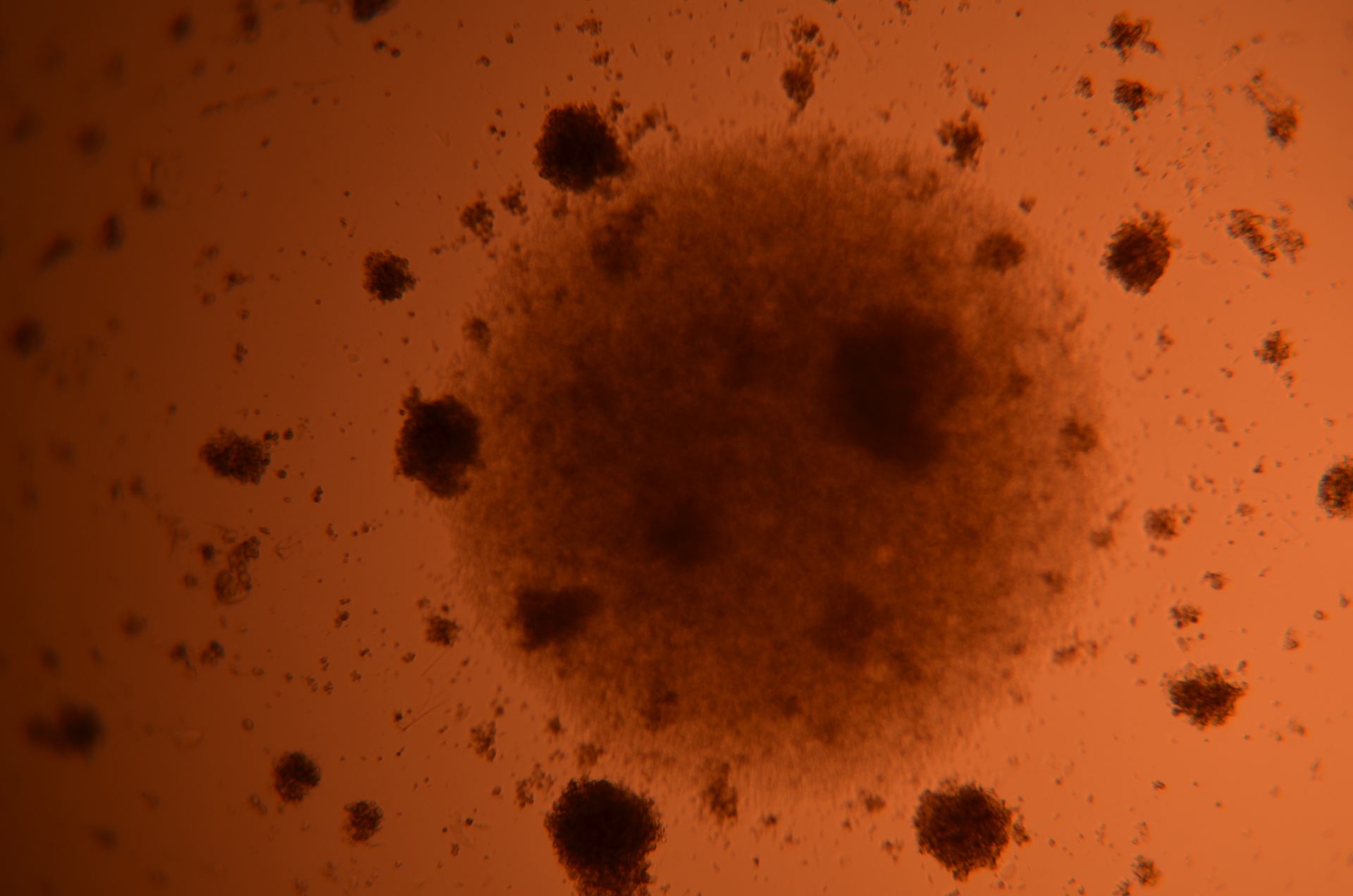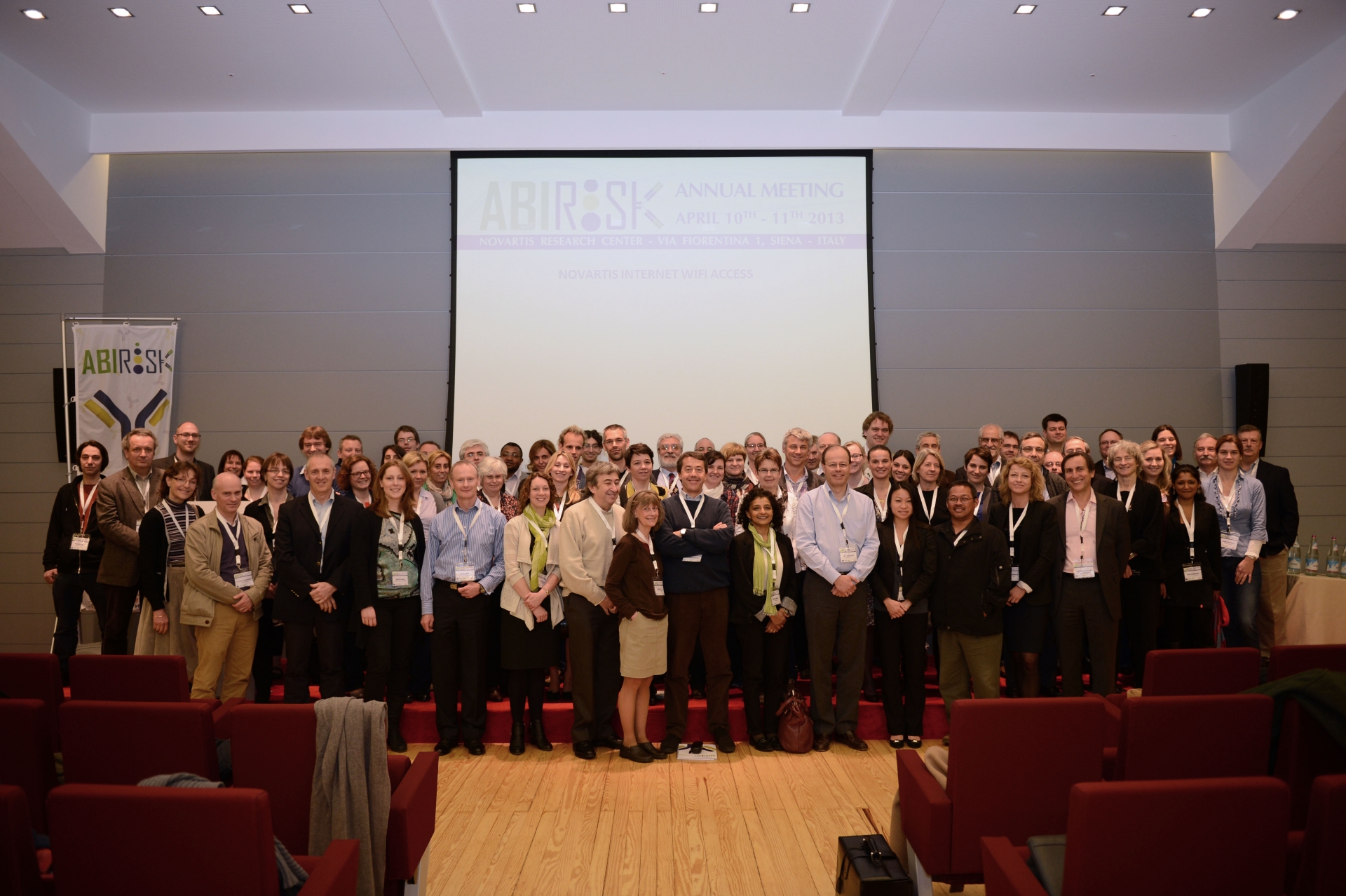A new class of medicines based on biological molecules such as therapeutic antibodies appeared about twenty years ago. The "anti-TNFα" antibodies are one example of such drugs: they have enabled spectacular progress to be made in treating rheumatoid arthritis and inflammatory bowel disease. However, 30 % of patients become immunized against the medicine after a time and become resistant to the treatment. Another "biological" medicine, "factor VIII", administered successfully in treating hemophilia, leads to a therapeutic dead-end in 30 % of cases, for the same reasons.
Strong industrial partnerships
Biological medicines are growing, with, for example, over 700 clinical trials worldwide in 2016, but, in some patients, they can cause antibodies to be produced that block their therapeutic activity or that trigger an autoimmune or allergic disease. This problem, which is shared by all pharmaceutical manufacturers, deserves a concerted and large-scale effort to be devoted to it, with a strong industrial partnership, and this is precisely what the European Innovative Medicines Initiative makes possible.
Bernard Maillère, a researcher at the CEA1, coordinated one of the three subprojects of Abirisk, and says, "The Americans envy us this high-performance program that has no equivalent anywhere else in the world."
The measurement conundrum
The first task taken up by the Abirisk Consortium consisted in harmonizing the methods of measuring the immune reaction of patients undergoing biotherapy. A cohort of more than a thousand patients was put together across the world and a campaign of cross-compared bioassays were performed on a very large scale. Cross–comparison made it possible to define the best practices for measuring the “immunogenicity” of the therapeutic molecules, i.e. their capacity to trigger immune responses. The methodology optimized in this way was then disseminated to all.
Why this patient?
Among that cohort, more than two hundred patients were investigated in-depth in order to determine why some of them developed immune reactions and others did not, for eight distinct therapeutic molecules – four antibodies, two interferons, and factor VIII. This resulted in biomarkers being identified for treating multiple sclerosis and rheumatoid arthritis.

Culture of lymphocyte T cells: these cells of the immune system are involved in the immunogenicity of therapeutic proteins. © CEA
Why this biological molecule?
Another essential question focuses on the molecule itself. Why does one molecule induce more immune responses than another one? This research work, conducted by eleven laboratories, distributed equally between industry and academia, was coordinated by Bernard Maillère.
"The standout result of Abirisk was the discovery of the molecular origin of immunogenicity," explains the researcher. "We were able to identify particular sequences of amino acids whose presence in any given molecule determines immunogenicity. This enabled us to develop a test for predicting the immunogenicity of new molecules."
Abirisk also showed that therapeutic molecules clumped together as aggregates have higher immunogenic potential than individual molecules, with the structure being preserved.
"This work has a very fundamental substrate,” emphasizes Bernard Maillère, "because it takes us back to the issue of the molecular self."
Why can human proteins be immunogenic?
1 Within the Frédéric Joliot Institute for Life Sciences, a CEA institute specialized in integrative biology of the cell, biomedical imaging and diagnostic and therapeutic innovation
And after Abirisk?
The progress produced by Abirisk has generated several spin-off projects conducted at the CEA, among which we might mention an advanced study of patient response to anti-TNFα molecules, which is supported by the Labex LERMIT (Laboratory of Excellence in Research on Medication and Innovative Therapeutics), with Professor Mariette's Rheumatology Department at the Kremlin-Bicêtre Hospital, and the laboratory of the coordinator of Abirisk, Professor Pallardy from the Faculty of Pharmacy of Châtenay-Malabry. Another avenue for research consists in improving the molecules by "removing" the immunogenic sequences from them. Two project currently running in the laboratory aim to do large-scale screening of the non-immunogenic variants of antibodies of therapeutic interest.
"Abirisk has given our team extraordinary visibility," stresses the researcher. "More than six months after the end of the project, I have been invited to an upcoming seminar held by the Food and Drug Administration. And the adventure is continuing with the industrial partners of Abirisk: the laboratory has been awarded four industrial contracts and two theses!"

The researchers of ABIRISK consortium. © ABIRISK
About ABIRISK

Running from March 2012 to February 2018, ABIRISK brought together, under the coordination of Novartis Pharma, 38 different partners from 13 European countries. Granted with 18 M € from the EU, the project provided an integrated approach to the study of immunization against biopharmaceuticals, bringing together a unique panel of experts from different disciplines. It led to the constitution of the largest possible cohort in Europe for the study of immunogenicity, a condition critical for the success of the program.